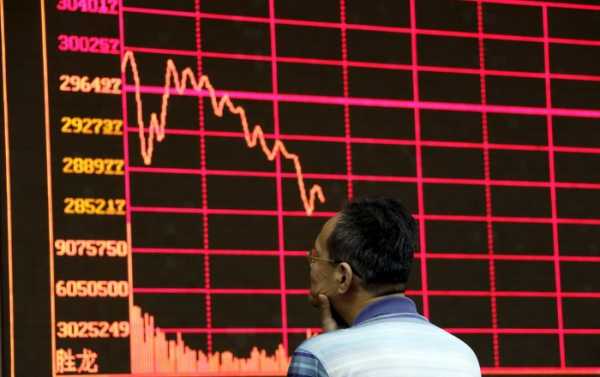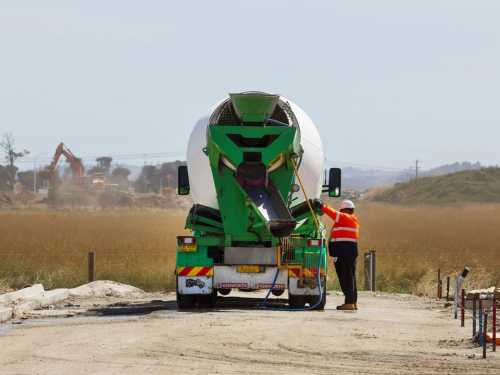
China’s industrial earnings continue to moderate amid weak international demand, slower factory activity, and disruptions in international trade.
Kristian Rouz — A new report finds that the profits of companies in the Chinese industrial sector declined for a second consecutive month in December as the nation’s exporters are facing a slowing demand in overseas markets; ongoing trade tensions contributed to the drop as well.
Amid the gradual cooling in China’s manufacturing sector, officials in Beijing have touted plans to reinvigorate domestic demand, along with a series of measures aimed at boosting lending and investment — which could potentially produce a rebound in industrial earnings.
However, most experts believe that only a possible US-Chinese trade deal could improve the performance of the Chinese industrial sector.
According to the data from the National Bureau of Statistics (NBS) in Beijing, industrial revenues dropped 1.9 percent (annualised) last month to some $100.9 bln. This comes after a 1.8-percent decline in November.
A lack of factory-gate inflation and weaker factory activity, not least due to restrictions on China’s access to foreign technology, could have contributed to the fall. However, some economists say Beijing’s efforts to curb pollution and enforce broader new environmental standards also limited factory output at the very end of 2018.
“As far as the future trend is concerned, it is quite obvious that it will continue to decline because the (factory gate inflation) apparently turned negative last month, and when the producer price index turns negative, profits of industrial enterprises go down,” Tang Jianwei of Bank of Communications in Shanghai said.
Chinese officials said factory activity also slowed due to an ongoing decline in new orders for Chinese-made manufactured goods, including those from overseas distributors and retailers. China has also seen a wave of factory lay-offs over the past few months, and some say the so-called ‘act one’ of the Sino-American trade war was to blame.
Additionally, NBS officials observed that many factories closed last year, especially in the exports-reliant segments, due to the poor foreign trade expectations.
“Profits at mid- and downstream sectors may stabilise while the upstream sector will face immense pressure,” Tang said.
The report on Chinese industrial profits caused a mild retreat in global oil prices, as energy investors are concerned China could reduce its imports of fuel due to the slowdown. Oil dropped some 1 percent in early Monday trading, the decline being also driven by a recent report that the Chinese GDP growth rate came in at 6.6 percent for the past year, its slowest since 1990.
“Persistent weakness seen in Chinese economic data has raised downside risks… of lower crude oil imports by Beijing in 2019,” Benjamin Lu of brokerage Phillip Futures in Singapore said.
The NBS also said that in 2018, Chinese industrial earnings rose 10.3 percent, a solid figure despite the lacklustre performance at the yearend.
Chinese officials made a move to reassure investors concerned with the weaker data. Beijing said this year’s upcoming stimulus programme, which includes tax cuts, higher budget spending, and investment initiatives, will likely put Chinese manufacturing back on track.
However, the majority of experts are hardly impressed so far, as they believe China has to implement some of its announced policies first, with subsequent data either confirming or refuting Beijing’s reassurances.
“Industrial profits will remain on a downtrend, due to weakening aggregate demand, falling price inflation and the ongoing credit downcycle. We expect more aggressive policy easing measures in coming quarters,” experts at the Japanese financial services company Nomura said.
For its part, international credit rating agency Moody’s said China’s upcoming fiscal stimulus will likely have a limited effect, as the nation’s lending practices are likely to remain the same, directing larger money flows to the most sustainable large enterprises.
Meanwhile, China is still experiencing an ongoing increase in debt, which has caused investor concern over the past few years. The NBS report showed liabilities in the Chinese private-sector rose 5.2 percent year-on-year last month, to 64.1 trln renminbi ($9.51 trln) — albeit a slowdown from November’s 5.8-percent annual rise in debt.
Sourse: sputniknews.com






